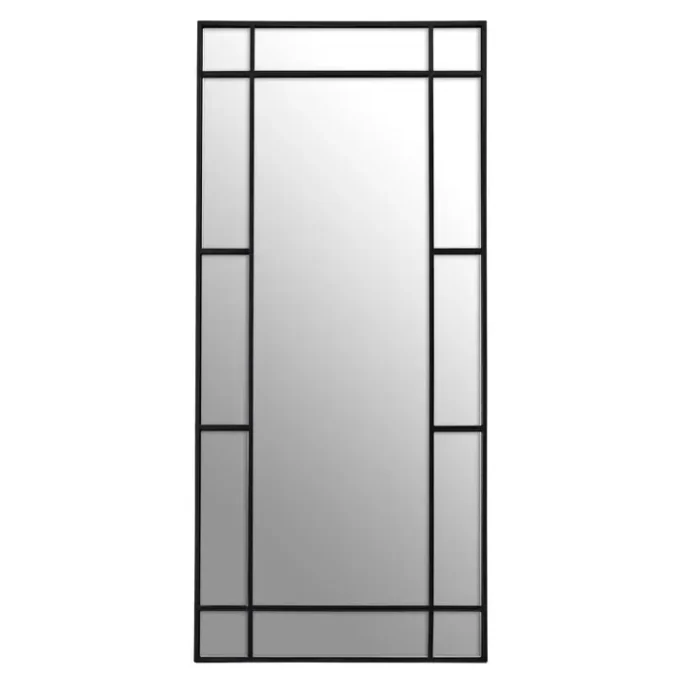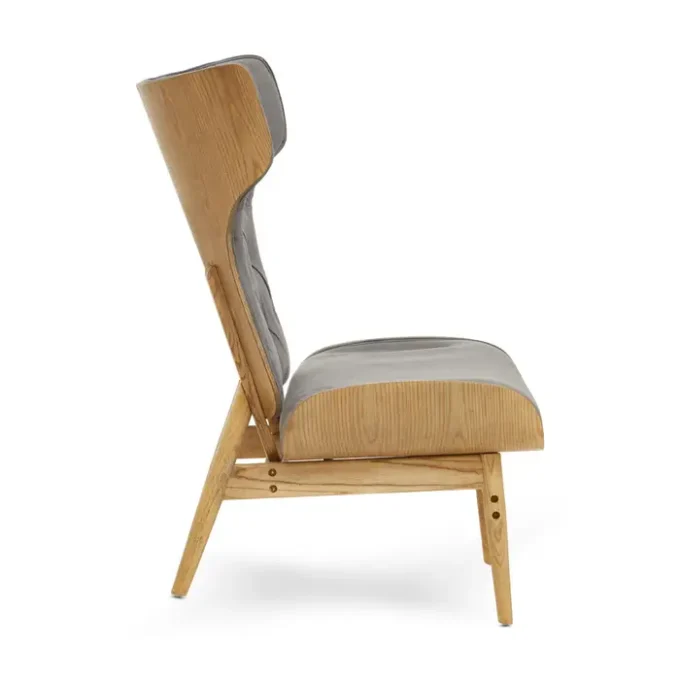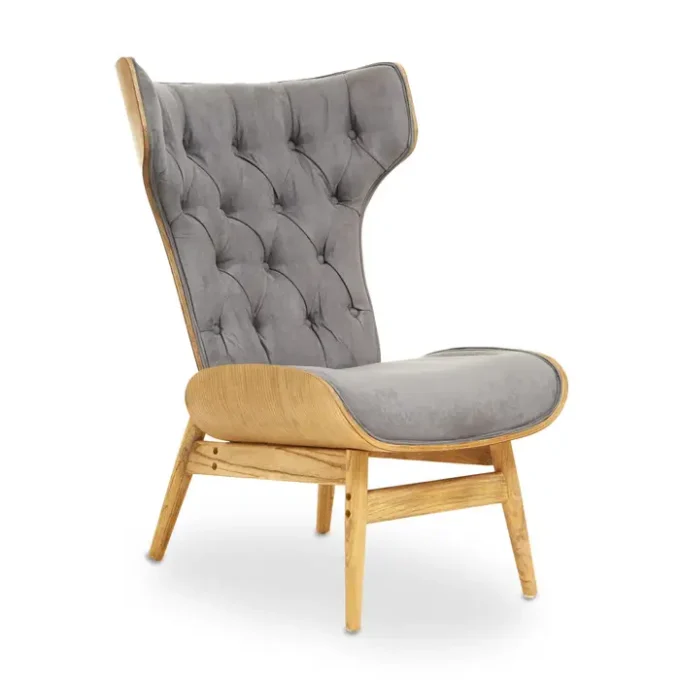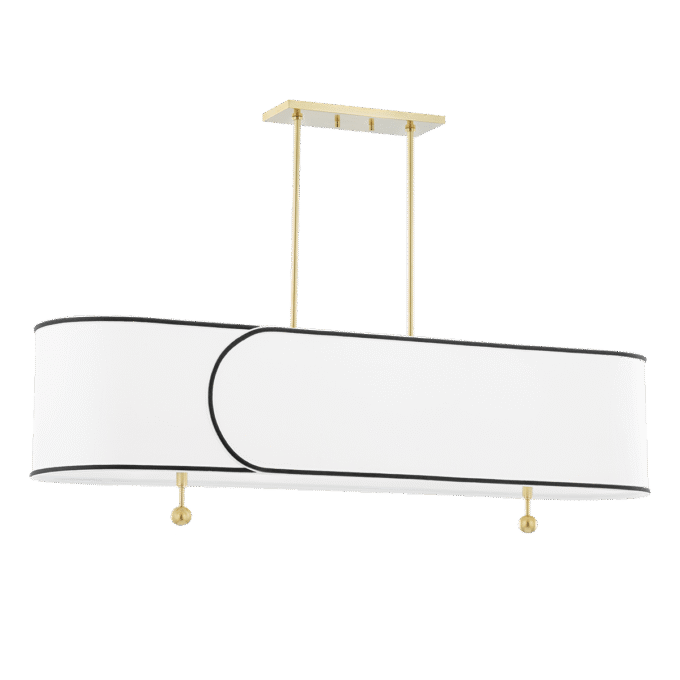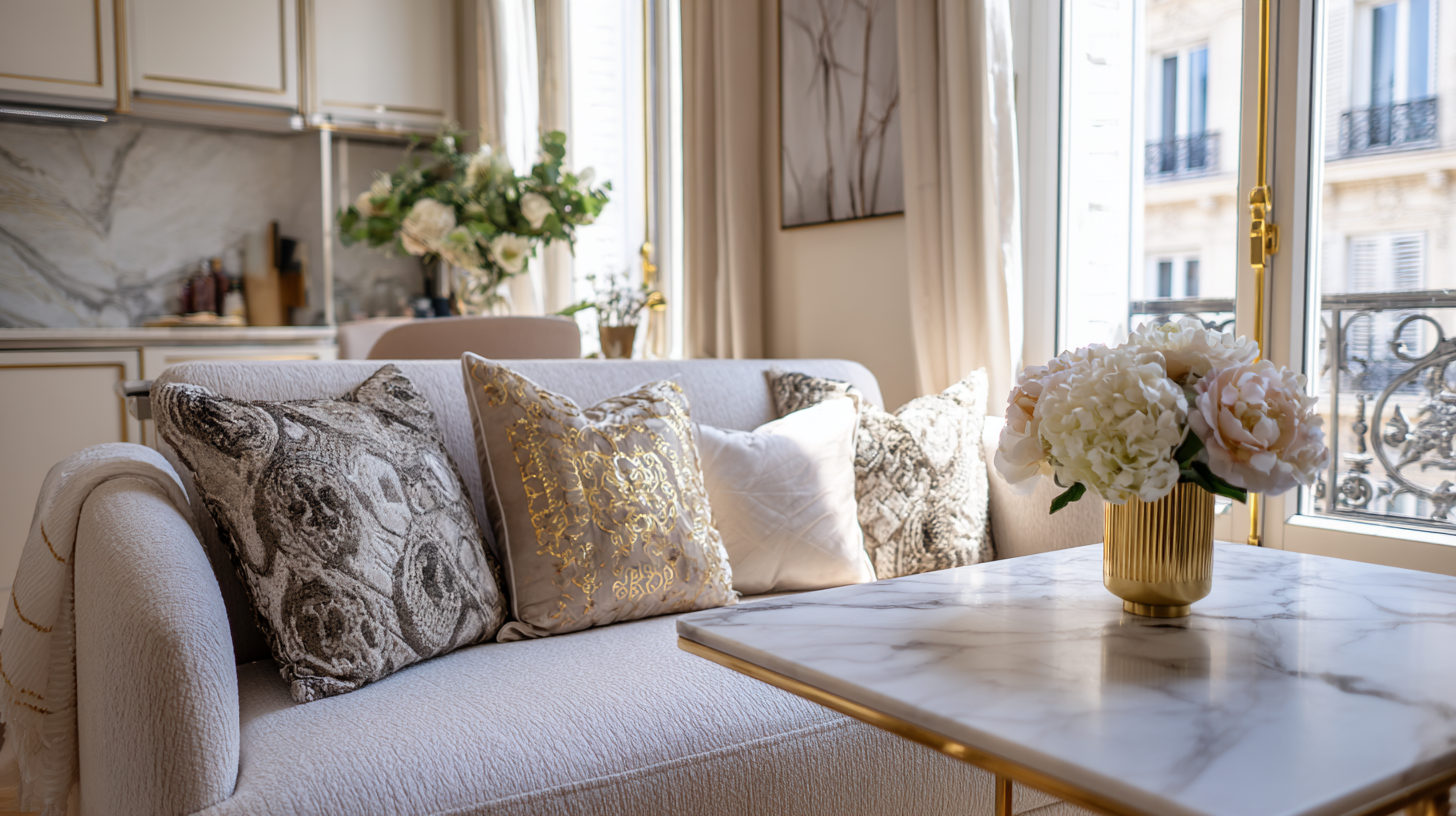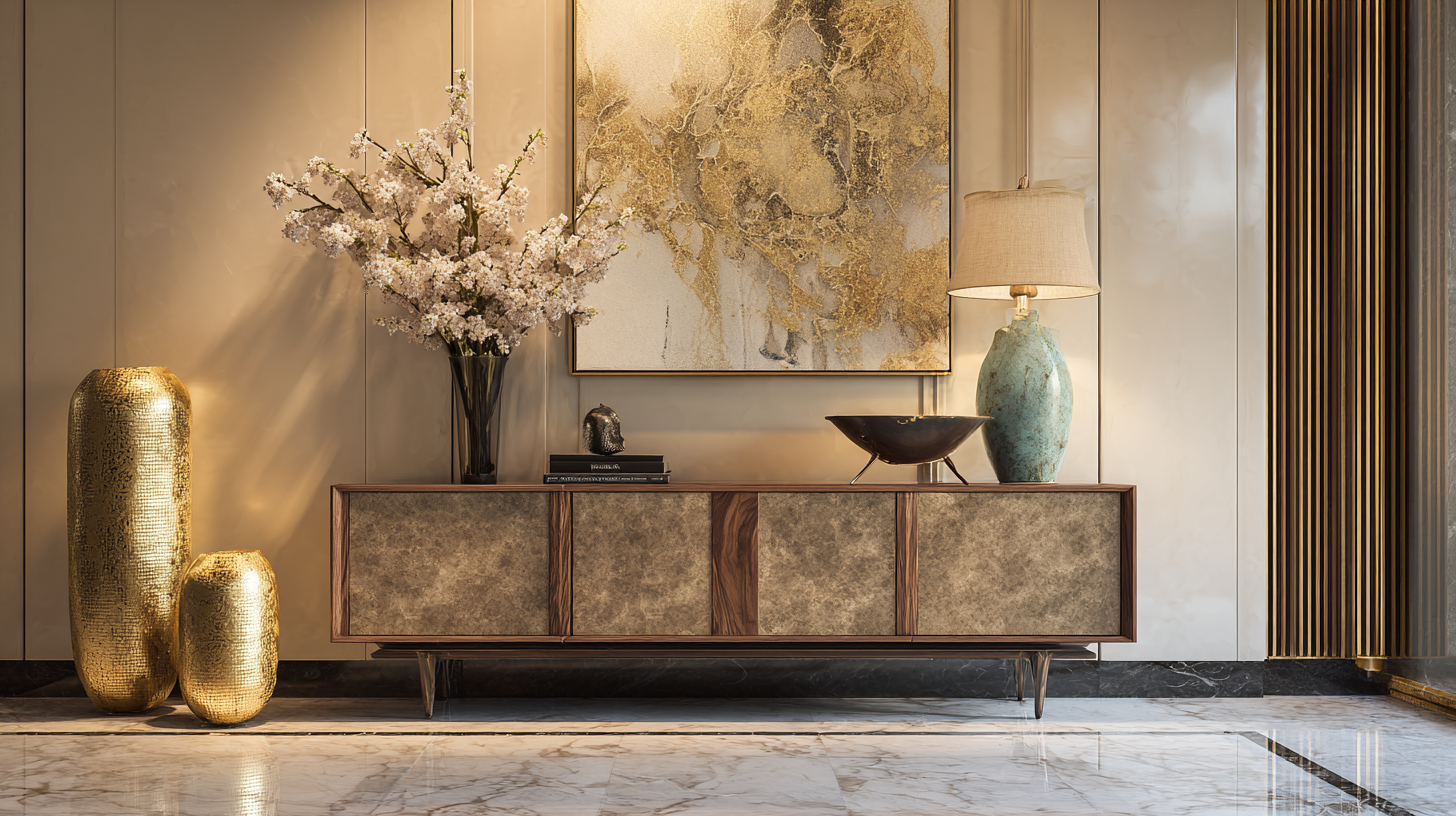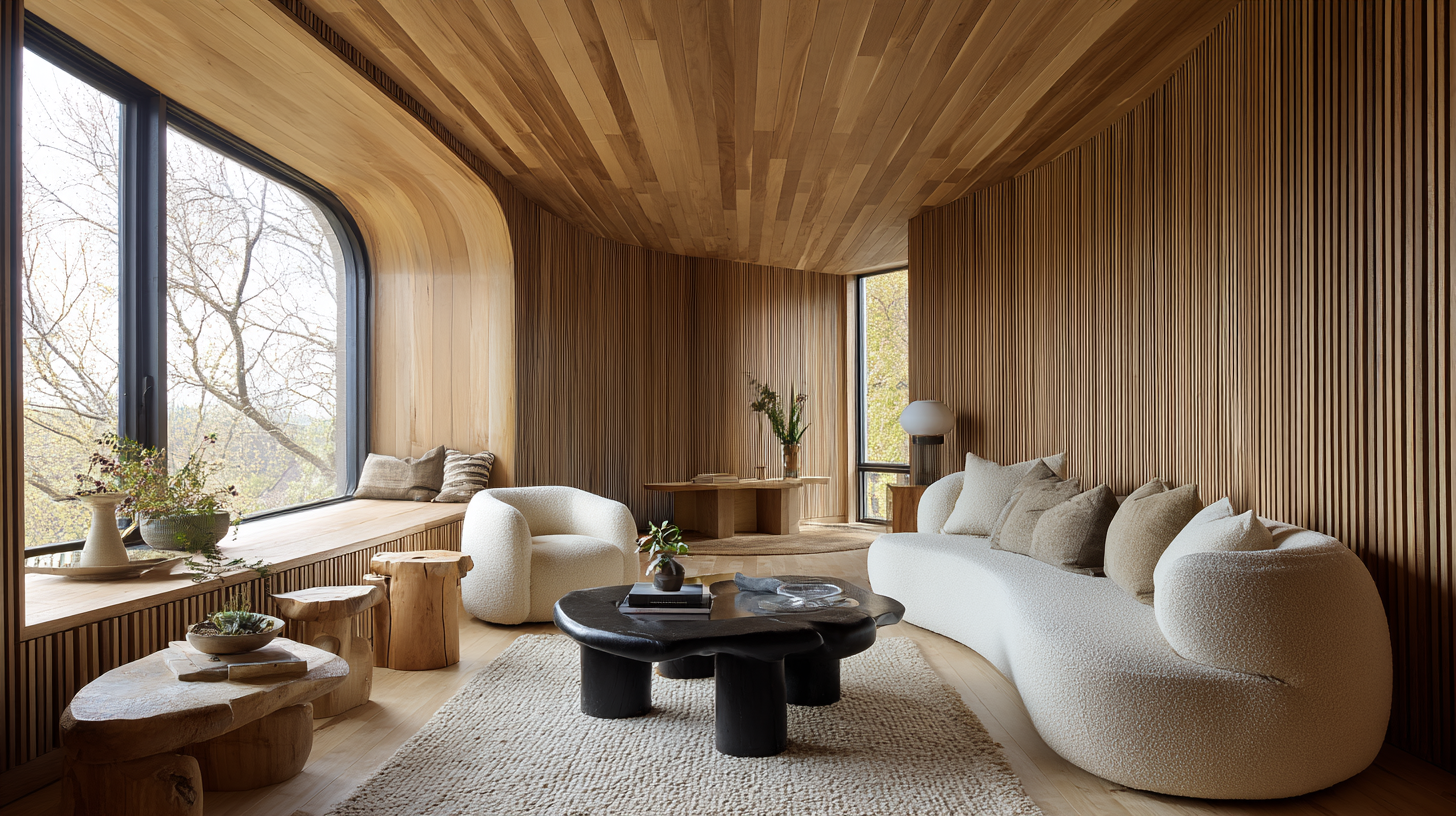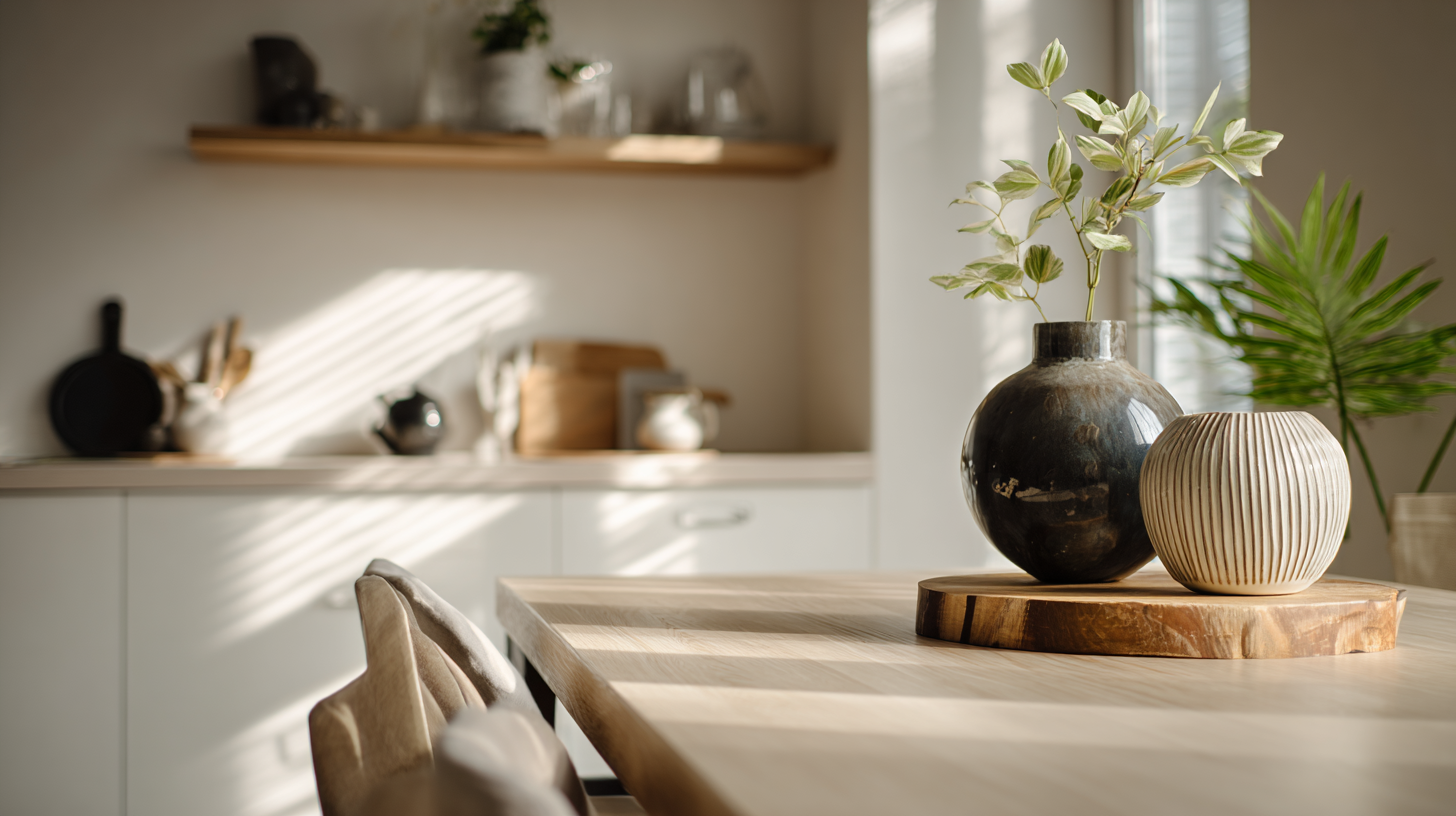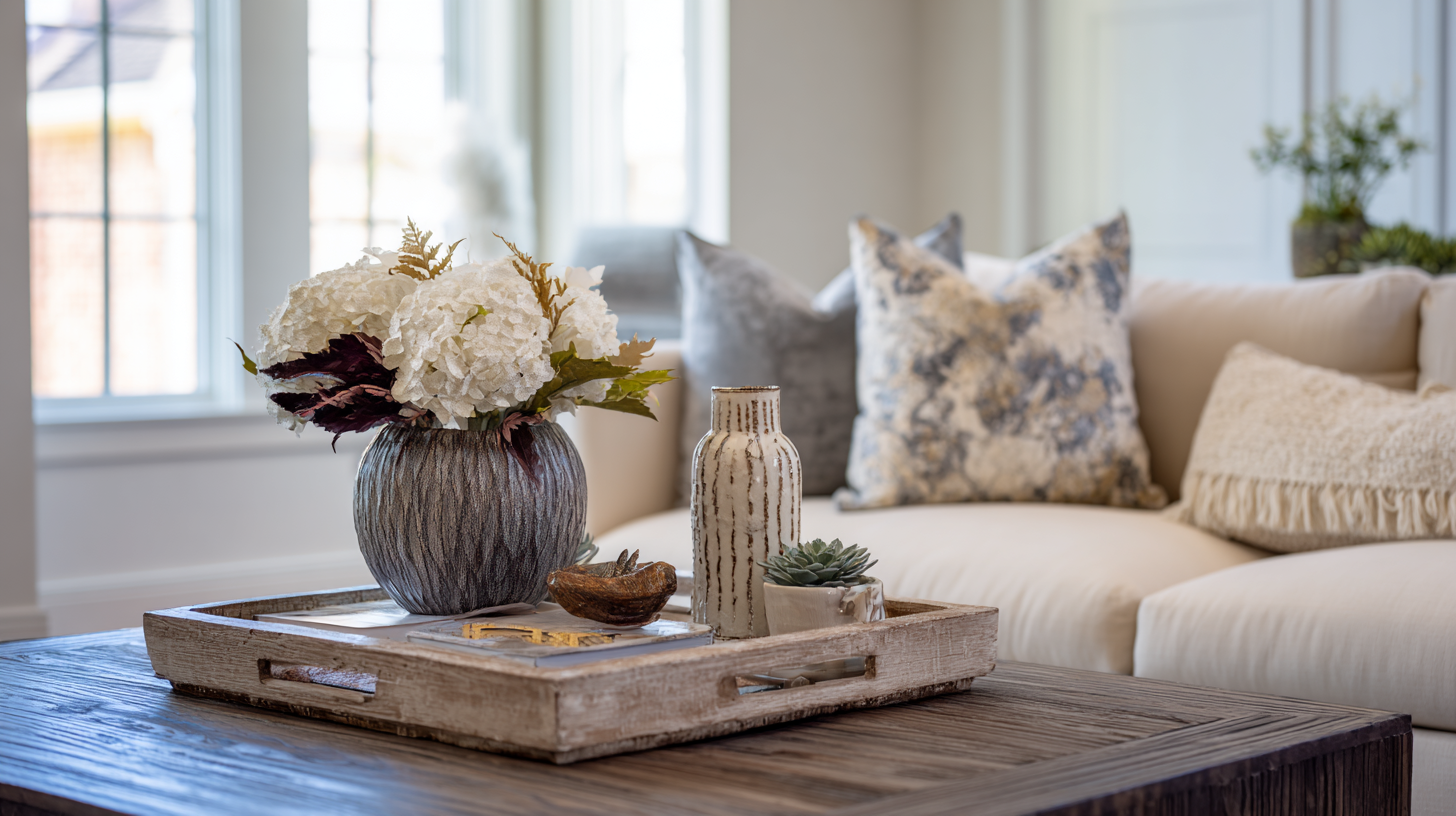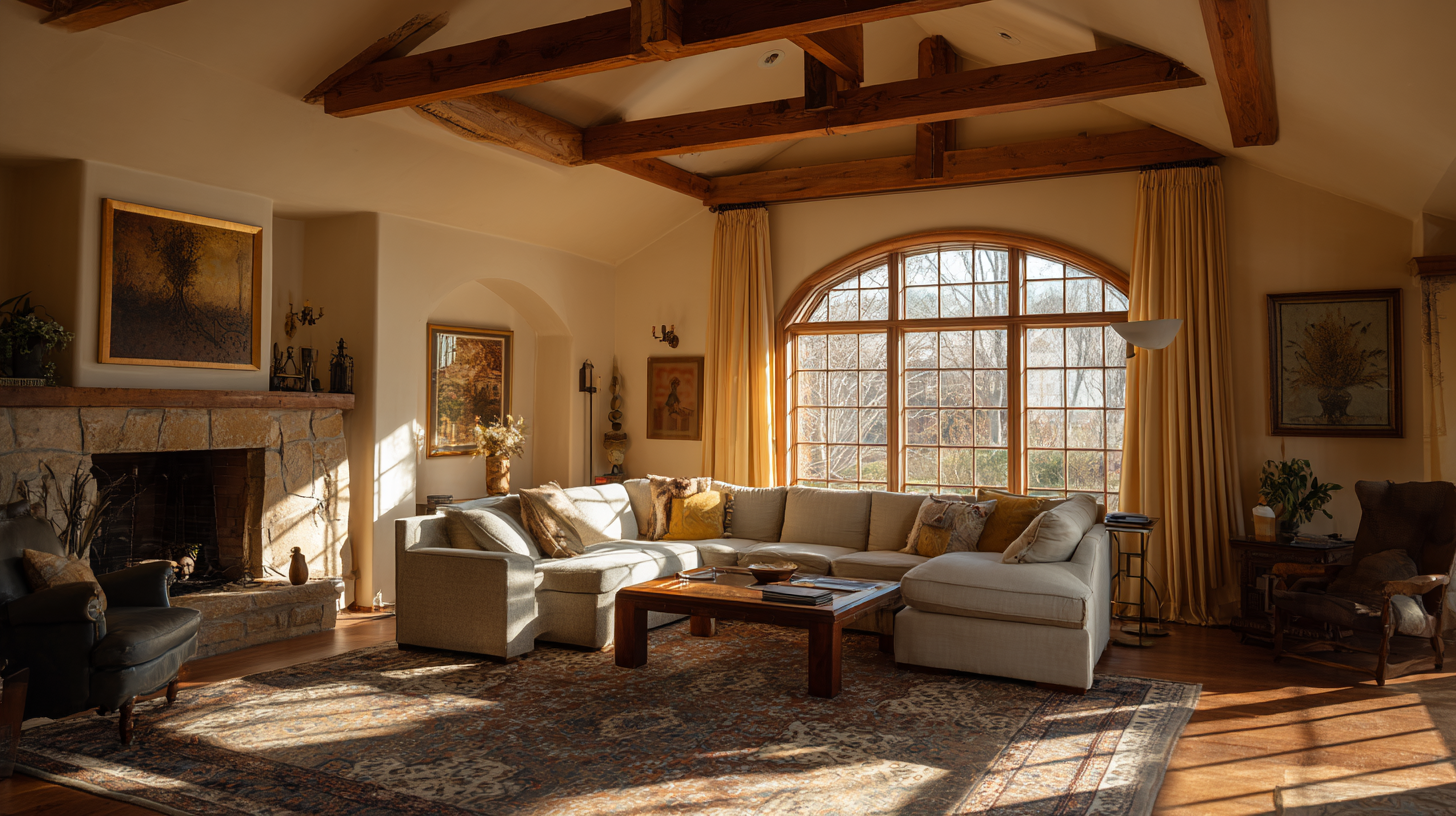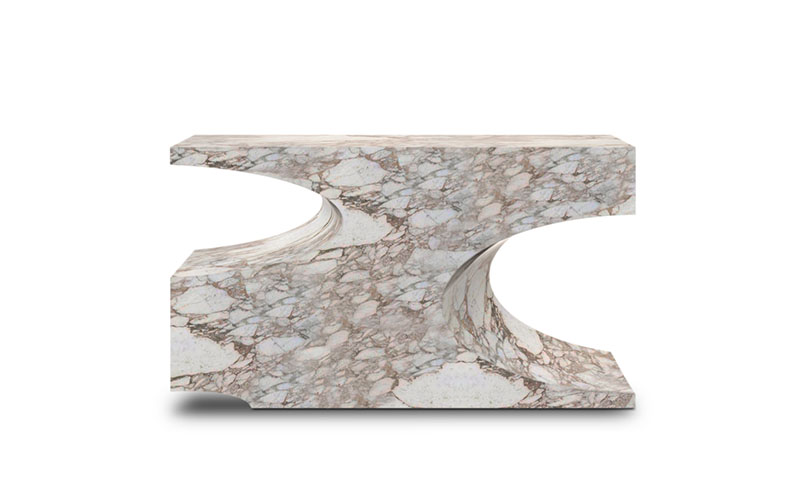Mastering Visual Balance: The Role of Symmetry in Interior Design
There’s something almost meditative about stepping into a perfectly balanced room. Your eye knows exactly where to go. You feel grounded, relaxed, and subtly reassured that everything is in its place. That’s the quiet power of symmetry — a design principle so foundational that we often feel its impact long before we consciously recognize it.
But here’s the twist: the most dynamic interiors often use symmetry as a launching point — and then purposefully break it. This delicate dance between balance and disruption can take a room from merely stylish to memorably stunning.
In this blog post, we’ll explore how the quiet power of symmetry can elevate your interiors, when to lean into it, and when to shake things up just enough to create interest, contrast, and a sense of individuality.
Why Symmetry Is So Powerful in Design

Symmetry is one of the most instinctive visual tools in design — because it’s deeply ingrained in nature and biology. From the perfectly mirrored wings of a butterfly to the bilateral symmetry of the human face, we are conditioned to find harmony in balance.
In interiors, this means our brains are naturally drawn to rooms where objects are mirrored or evenly spaced. That’s why symmetrical layouts are often used in:
Formal living rooms with a fireplace at the center, flanked by identical chairs or bookshelves
Bedrooms with matching nightstands and lamps
Dining areas where symmetry adds elegance and order
This kind of visual rhythm calms the eye and can make a space feel refined, orderly, and composed. In homes styled with a minimalist, neoclassical, or transitional aesthetic, the quiet power of symmetry becomes an anchor — a framework that holds everything else together.
When Symmetry Becomes Predictable

While symmetry offers structure, using it without variation can feel too perfect — even rigid. This is where design begins to flirt with monotony. The eye enjoys balance, but it also craves a little surprise.
This is when intentionally disrupting symmetry becomes an artistic move. Whether it’s a bold sculpture placed slightly off-center, a pendant light hung asymmetrically over a side table, or artwork that breaks the linear flow — these elements inject a sense of dynamism.
The contrast only works because of the quiet power of symmetry at the core of the space. The design becomes compelling not despite the imbalance — but because the imbalance has a story to tell.
How to Disrupt Symmetry Without Losing Balance
Achieving this balance of order and creativity is easier than it sounds. Think of symmetry as your visual backbone, and asymmetry as your creative flourish.
Here’s how to create that nuanced look:
1. Start Symmetrically

Anchor the space with symmetrical elements like two armchairs, a pair of mirrors, or matching sconces. This gives the room structure and harmony.
-
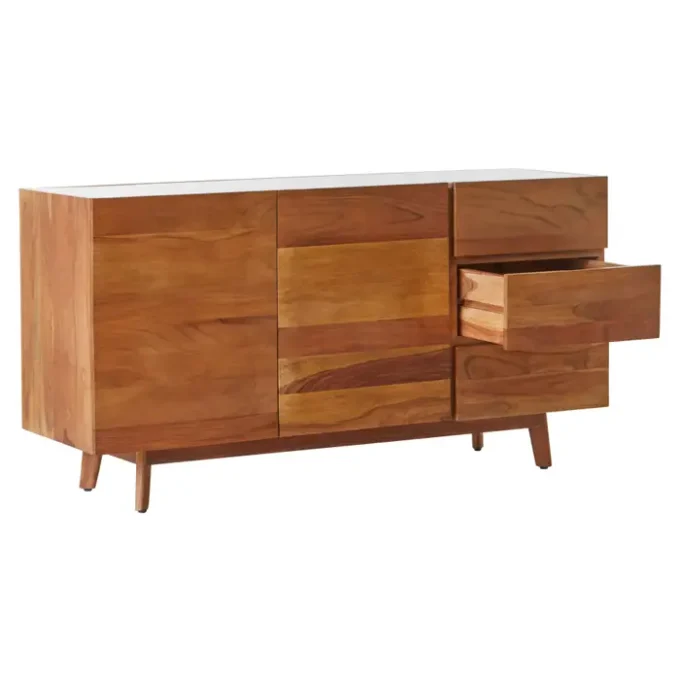
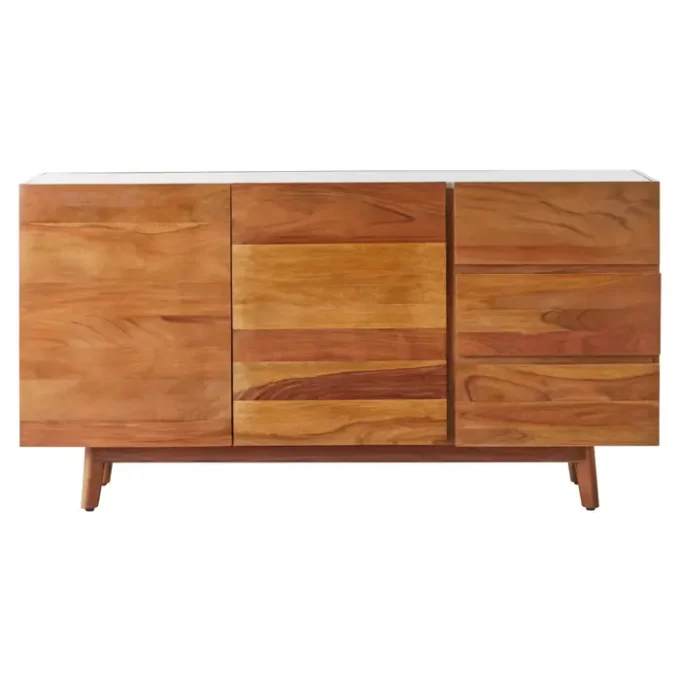

Lisbury 2 Door White Marble Media Unit
£1,562 Add to cart -





Piet White Fabric Chair
£1,428 Add to cart -

Strata Set Of 2 Multi Colour Wall Art
£220 Add to cart -








Uran Side Table
£300 Select options This product has multiple variants. The options may be chosen on the product page
2. Introduce Asymmetry with Décor

Once the foundation is set, bring in asymmetry with:
Off-center artwork
Mismatched cushions or throws
One tall plant or sculpture placed on only one side of the room
3. Vary Scale and Texture

Keep symmetry in the layout but disrupt it using scale. For example, pair two sofas of the same shape but in different upholstery textures. The quiet power of symmetry remains, but the variation adds richness.
4. Use Negative Space

Don’t feel the need to fill both sides of a space equally. Leaving one side slightly “lighter” can make the other side’s weight more intentional.
By mastering this blend, you’re not just decorating a room — you’re choreographing a visual experience.
Where Symmetry Should Remain Untouched
Not all spaces are meant for disruption. Certain design styles rely heavily on symmetrical arrangements for their impact.
Entryways:

A symmetrical entryway — with a centered console table and balanced lamps or mirrors — communicates elegance and order from the moment someone steps inside.
Dining Rooms:

In formal settings, a symmetrical dining layout with equidistant chairs, a centered table, and lighting above establishes balance that feels timeless and composed.
-
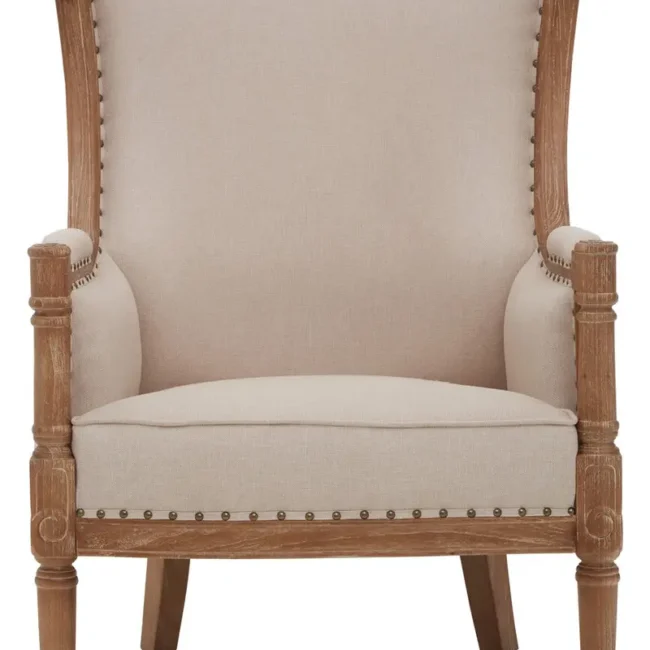




Baril High Back Cream Chair
£718 Add to cart -





Hamil Black Fabric and Metal Chair
£416 Add to cart -










React Organic Mug
£30 Select options This product has multiple variants. The options may be chosen on the product page -

Safie Small Natural Hair On Leather Rug
£394 Add to cart
Neoclassical and Minimalist Styles:

These styles often emphasize architectural symmetry in columns, moldings, and furniture placement. In these cases, disrupting symmetry could feel jarring or out of place.
When done right, the quiet power of symmetry becomes the visual language of luxury — a sign of intentionality, refinement, and sophistication.
Final Thoughts: Creating Visual Poetry
The most memorable interiors don’t always scream. Often, they whisper. And symmetry is one of the most powerful ways to whisper elegance into a space. But knowing when — and how — to break that rhythm is what separates good design from truly inspired design.
Use the quiet power of symmetry to establish trust and order. Then disrupt it, softly, to create curiosity and soul. It’s not about perfection. It’s about contrast. And contrast, when handled with restraint, becomes visual poetry.
- Tags: Tips
What do you think?
Blog
Get fresh home inspiration and helpful tips from our interior designers


